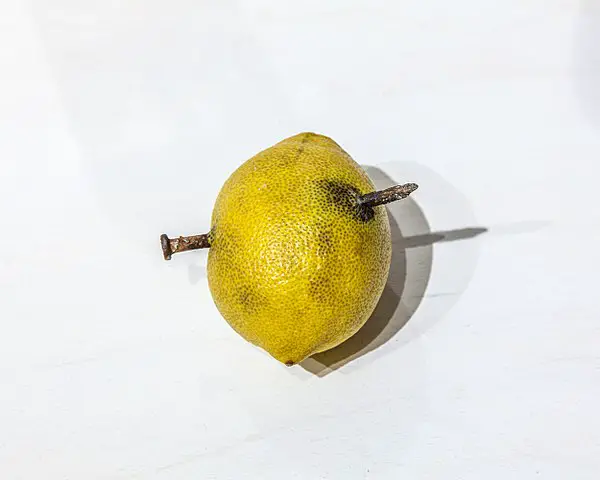Superstition and Prejudice
It may be difficult to recognize the mass superstition and prejudice that happened in the world in the 17th through 18th centuries because today we have such an excellent level of scientific information.
In those days, science and magic were interchangeable, and everything was wrapped around religious belief systems. It was often difficult to tell what was credible and what was extreme.
In those days, communities were tight-knit, and they relied upon their churches to give them instructions on what was true and false.

- Religious groups brought their belief systems from Europe as they made their way to the colonies in the New World. The churches enforced very strict guidelines, and this extended into the way that they governed their towns. Many of these rules required that everyone go to church and pay the taxes that paid for the pastors. Of the thirteen original colonies, eight had official churches, and anyone that objected was persecuted.
- Prejudices against anyone that went against their local churches were harshly punished. These people were thrown out of the communities and often labeled so that no one would help them, and they became homeless.
- Superstitions were carried to the colonies by their belief systems in Europe. Anyone that practiced natural healing was often considered to be working with the devil, especially when any of the healing worked.
- Christianity of the time was mixed with such ideas as alchemy and astrology, and those that practiced these professions were sometimes called “natural philosophers.” However, many of the clergy discouraged exploring these practices.
- The problem with having so many variations in the Protestant religion was that each one could make up their own rules on superstition and prejudice. Most churches of the time accepted slavery as part of their life.
- Many of the superstitions that were created in the past remain with us today. Two examples might be breaking a mirror or walking under a ladder to bring bad luck.
- People in Puritan New England were obsessed with the idea that the devil was all around them and could influence and affect their lives. They were always looking around for clues about what God thought of them or what actions they were doing that were Godly (or not).
- One of the Puritan beliefs was that everything happened in life for a purpose, and the purpose could be good or bad. They firmly believed in white and black magic, sorcerers, witches, and magicians.
- While the men in the colonies were allowed to study the stars and planets as a potential for seeing their future or for the results of gambling, women were not allowed to pursue anything that could lead them outside of their religious beliefs. To do so would be seen as an act of working with the devil.
- Interest in magic was incredibly popular in both Anglican Virginia and Quaker Pennsylvania and New Jersey. Good luck carvings were often placed inside and outside of the homes, and this practice is continued by some of today’s Pennsylvania Dutch.
- The Appalachian area of the colonies was the Southern Highlands frontier. These people were fascinated with anything having to do with “sorcery.” The settlers in these parts created protection charms such as corn-beads to help a baby in teething or someone wearing walnuts around their neck to ease congestion. This type of folklore was brought from areas such as Scotland, Ireland, and Northern England. Other cultural beliefs that involved spells and potions were borrowed from Germans, Native Indians, and African slaves.
Q&A:
Of the 13 original colonies, how many had official churches?
8
How were superstition and prejudice expanded from Europe to the colonies of the New World?
through religious beliefs
What practice of prejudice did most of the churches accept in the colonies?
slavery
Name 2 of the superstitions that were carried over from the past?
walking under a ladder, breaking a mirror
What part of the colonies believed in more folklore than most?
Southern Highlands frontier in the Appalachian area
What good luck practice is currently common in Pennsylvania and Virginia?
putting good luck carvings on and in the home



